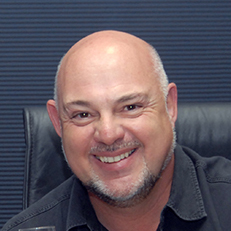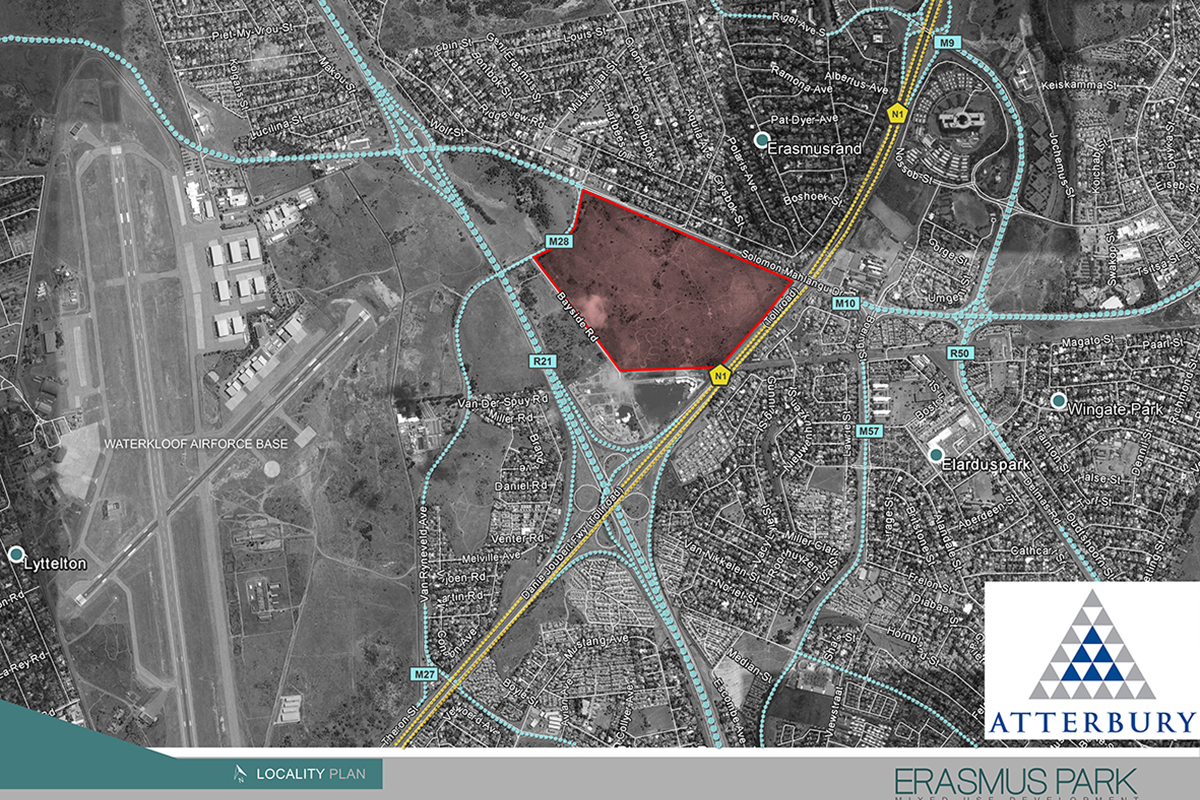Atterbury recently signed a landmark agreement with the Erasmus Trust to realise a multibillion-rand mixed-use development on the last remaining portion of a historical piece of land in Pretoria. We spoke to Carl Erasmus, whose family has owned the land for seven generations, about the meeting of history and a bright future
Tell us more about the history of this site.
 The parcel of land is the final remaining unused portion of the historical Waterkloof farm on which Pretoria was built, and which was adjacent to other historical farms, including Garsfontein, Groenkloof, Doornkloof and Rietvlei. The Erasmus ancestor who first settled in the area in the mid-1800s after the Great Trek was a Dutch Voortrekker named Daniel Jacobus Erasmus. In 1892 the land was surveyed and mapped for the very first time – those maps were signed off by President Paul Kruger – and it was Daniel’s descendant and my great-great-grandfather Carl Jacobus Erasmus whose name was on that original title deed. Both the Waterkloof and Garsfontein farms belonged to the Erasmus family, so we have a very long history in the area.
The parcel of land is the final remaining unused portion of the historical Waterkloof farm on which Pretoria was built, and which was adjacent to other historical farms, including Garsfontein, Groenkloof, Doornkloof and Rietvlei. The Erasmus ancestor who first settled in the area in the mid-1800s after the Great Trek was a Dutch Voortrekker named Daniel Jacobus Erasmus. In 1892 the land was surveyed and mapped for the very first time – those maps were signed off by President Paul Kruger – and it was Daniel’s descendant and my great-great-grandfather Carl Jacobus Erasmus whose name was on that original title deed. Both the Waterkloof and Garsfontein farms belonged to the Erasmus family, so we have a very long history in the area.
So it was agricultural land for most of its history?
Yes, my family were cattle farmers, and they used to move seasonally between Pretoria and Warmbaths with their cattle. As the city of Pretoria was established, some of its most prestigious suburbs were built on this land. With urbanization, farming activity always decreases as the city encroaches, and this is exactly what happened here.
When last was there any farming on this piece of land?
My late father, Emus, still ran it as an active dairy farm around 45 years ago. But as the city developed, and the road network grew and increasingly cut through farmland, it became less and less viable and economical to run a farm. He eventually ceased all farming activity in this area and this last portion has been standing unused for several years. In fact, my father had a portion of the land rezoned for development about 20 years ago. But as time passed and he aged he lost his appetite for development although he was inundated with offers from people who spotted the opportunity. I guess the time was never 100% right before now.
It’s ironic that the very roads that effectively stopped the farming is exactly what made this land so attractive to developers. The location of this parcel of land, next to the R21 and the N1, is a huge asset…
The location has always been on a travel route, interestingly – there used to be a dirt road leading through the farm. Travellers in their ox wagons travelling between Johannesburg and Pretoria used to outspan at Erasmus Dam, which is fed by a tributary of the Apies River. You can still see where people carved their names into the dam wall…
After getting so many other offers for the land over the years, what made you decide to entrust it to Atterbury?
I got to know Louis van der Watt, who is also a old Pretoria boy like me, and I saw the work that Atterbury does. I believe that Atterbury has the vision to create something meaningful with this land. Our joint venture ensures that the Erasmus Trust remains involved, which was also attractive to me.
What will the joint venture with Atterbury entail in real terms?
A portion of the ownership in the land is retained by the Erasmus Trust in the form of shareholding. In this way my family will have the wonderful opportunity to partner with people like Louis van der Watt and Atterbury and be a part of the future development of this magnificent piece of land.
Erasmus Park has been compared to the Waterfall development as it is also situated within the urban edge. How do you expect this development will change the environment in the area? What will be the biggest benefits?
I think the mixed-use development that is envisaged, with a solid retail component alongside a residential portion, is long overdue in this area. The land is ripe for exactly this type of development and I believe there will be great demand across the spectrum for what will be built here.
Being the only son of an only son, did you feel a great burden of responsibility towards your ancestors and your heritage to make the best decision for the land that would also preserve the family name?
Yes indeed, it was a huge decision. The Erasmus family has a very long history with Pretoria, and Pretoria was good for the family, so it’s important to return the favour. I want something on this land that will be a landmark for the city and that will also honour the deep tracks made in the area by the Erasmus family. Before he passed away in 2010, my father told me that he had had done all he could during his lifetime to look after the land that had been entrusted to him, and that is also a responsibility that I take very seriously.








